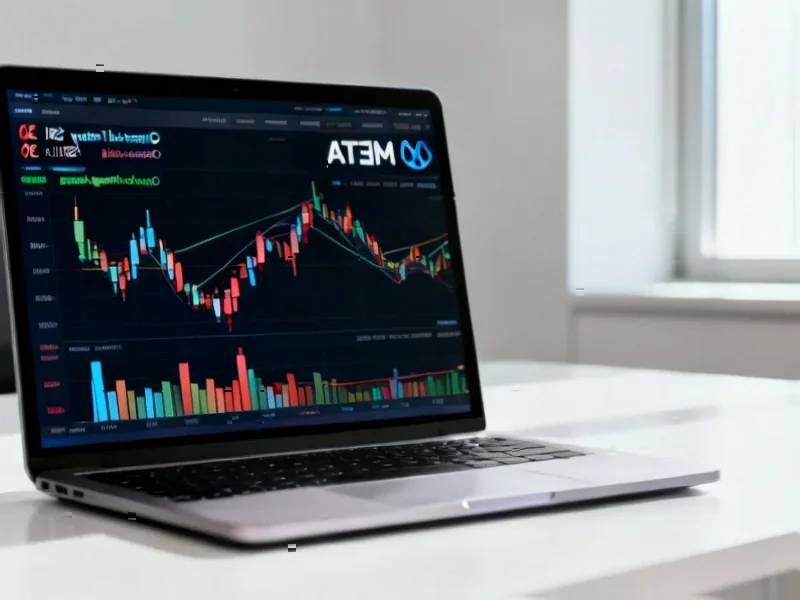According to Forbes, Chimera Investment Corporation (CIM) has been named among the Top 10 Real Estate Investment Trusts in the latest DividendRank report from Dividend Channel. The analysis highlighted CIM’s current share price of $12.76 representing a price-to-book ratio of 0.4 and an annual dividend yield of 11.60%, significantly higher than the average stock’s 3.7% yield and 2.8 price-to-book ratio in their coverage universe. The report emphasized Chimera’s strong quarterly dividend history and favorable long-term growth rates in fundamental metrics, with the current annualized dividend at $1.48 per share paid quarterly and the most recent ex-dividend date occurring on September 30, 2025. While these metrics appear compelling, they warrant deeper examination of the underlying risks.
The Double-Edged Sword of Mortgage REITs
Mortgage REITs like Chimera operate fundamentally differently from traditional equity REITs that own physical properties. Instead of owning real estate, mortgage REITs invest in real estate debt instruments, primarily mortgage-backed securities and whole loans. This business model creates significant interest rate sensitivity, where their profitability depends heavily on the spread between their borrowing costs and the yield on their mortgage investments. In the current environment of Federal Reserve rate hikes and economic uncertainty, this spread can compress rapidly, threatening the sustainability of those generous dividend payments. The very structure that enables double-digit yields also makes them vulnerable to market volatility that equity REITs might better withstand.
The Dividend Sustainability Question
While the 11.6% yield is undoubtedly attractive, income investors must scrutinize whether such high payments are sustainable long-term. Mortgage REITs are required to distribute at least 90% of taxable income to shareholders, but this doesn’t guarantee consistent dividend levels. Historical dividend data shows that Chimera has experienced periods of dividend cuts during previous market stress, including during the 2020 pandemic disruption. The current economic environment featuring persistent inflation, potential recession risks, and banking sector concerns creates headwinds for mortgage REIT profitability. Investors should examine whether current dividend levels are supported by core earnings rather than return of capital or leverage.
Who Should Consider High-Yield REITs?
For different investor profiles, Chimera presents varying risk-reward propositions. Retirees seeking income might find the yield tempting but should likely limit exposure given the volatility. Younger investors with longer time horizons could potentially allocate a small portion of their portfolio to high-yield REITs as a satellite position, accepting the higher risk for enhanced income. Institutional investors often use mortgage REITs for tactical allocations when they anticipate favorable interest rate environments. However, risk-averse investors and those depending on stable income for essential expenses should approach with extreme caution, as dividend cuts can significantly impact total returns and income streams.
Beyond the Surface Metrics
The attractive price-to-book ratio of 0.4 deserves particular scrutiny. While this suggests the stock trades at a discount to its asset value, mortgage REIT book values can be volatile and subject to mark-to-market accounting adjustments. During periods of rising interest rates, the value of their mortgage-backed securities portfolios typically declines, potentially making current book values overstated. Additionally, the leverage employed by mortgage REITs amplifies both gains and losses, meaning that apparent discounts to book value might not fully reflect the risks embedded in their complex balance sheets. Investors should look beyond surface-level metrics to understand the quality and liquidity of the underlying assets.
Portfolio Strategy Implications
For investors considering positions in high-yield REITs like Chimera, several strategic approaches can help manage risk. Position sizing becomes critical—even attractive yields shouldn’t dominate a portfolio given the sector’s volatility. Diversification across multiple REIT sectors (including equity REITs with different property focuses) can provide better balance. Regular monitoring of key metrics like earnings coverage of dividends, leverage ratios, and interest rate sensitivity is essential rather than simply “setting and forgetting” high-yield positions. In the current economic climate, where interest rate direction remains uncertain, maintaining flexibility to adjust positions as conditions change may prove more valuable than locking in high yields that could prove temporary.




